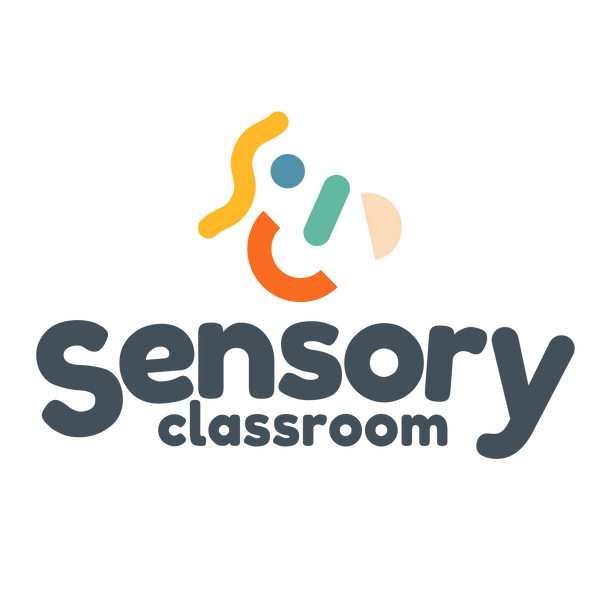Creating a Personalised Sensory Profile: Why It Changes Everything
You know that moment when a child suddenly bites their sleeve, runs out of the room, or curls up under a table?
Often, people jump to behaviour plans or consequences.
But here’s the truth:
✨ It’s not about behaviour. It’s about sensory needs.
Before we create interventions, we need to ask:
👉 What sensory information is this child receiving?
👉 And how are they trying to cope with it?
A Sensory Profile helps you answer those questions — and when you do, everything else starts to fall into place.
Why Sensory Behaviour Is Often Misunderstood
Many children (especially those with autism, ADHD, LD, PMLD or SEMH needs) have sensory systems that respond very differently to everyday experiences.
This might look like:
- Covering ears when the vacuum is on (over-responsive to sound)
- Chewing everything at school (under-responsive to proprioception)
- Hating socks or seams (over-responsive to touch)
- Never noticing pain or hunger cues (under-responsive to interoception)
It’s not “defiant.” It’s not “dramatic.” It’s not “lazy.”
It’s the nervous system doing what it can to stay regulated in an overwhelming world.
What’s in a Sensory Profile?
A full sensory profile looks at 8 sensory systems — not just the five we’re taught in school:
- Auditory (hearing)
- Visual (sight)
- Tactile (touch)
- Olfactory (smell)
- Gustatory (taste)
- Vestibular (movement, balance)
- Proprioception (body awareness)
- Interoception (internal body signals like hunger, thirst, toileting)
Each system can be over-responsive (hypersensitive) or under-responsive (hyposensitive) — and the impact on learning, behaviour and wellbeing is huge.
That’s why a one-size-fits-all strategy won’t work.
Why This Tool Matters
Too often, we respond to the symptom instead of the root cause.
A Sensory Profile helps us ask better questions:
- Is this a meltdown or a sensory overload?
- Is this child avoiding the task — or avoiding fluorescent lights?
- Are they dysregulated because they’re being asked to sit still, or because they haven’t had enough proprioceptive input today?
Once you identify patterns, you can build support around that child that’s actually effective.
Not a sticker chart. Not a “calm down” corner they won’t use.
💡 Real, proactive, sensory-informed strategies that help them thrive.
Try This First Step:
Choose one child in your care and ask:
- What sensory behaviours do I notice most?
- What time of day do they happen?
- What might this behaviour be communicating?
Then ask: what kind of input could I offer before this happens?
Movement? Deep pressure? A visual break?
This small shift — from reaction to prevention — is powerful.
Want a Complete, Editable Profile You Can Use Again and Again?
👉 The Sensory Profile Tool includes:
✔️ 54-page downloadable assessment and training guide
✔️ Printable sensory system tick sheets
✔️ Clear definitions of over- and under-responsivity
✔️ Suggested interventions for each system
✔️ Editable and dyslexia-friendly versions included
Designed for use across home, school and therapy settings — and fully reusable.
If you’ve ever felt stuck managing “behaviour,” this is your roadmap to understanding it instead.
Final Thought:
📣 When a flower doesn't bloom, you don’t fix the flower —
You fix the environment in which it grows.
A sensory profile helps you do just that.
Let’s meet needs before we manage behaviours.


